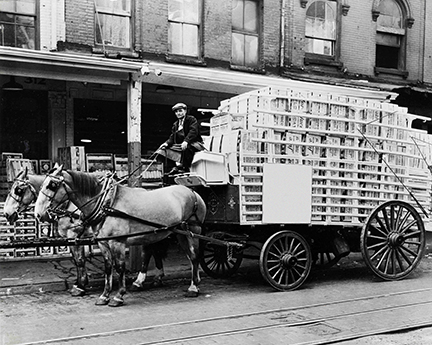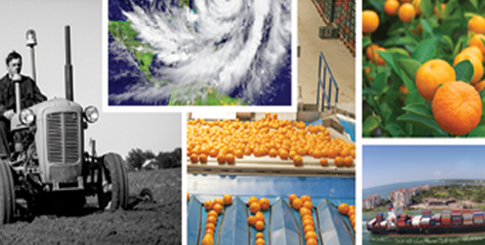1910s
Fashioning A Port
Construction is completed in 1912 on the channel from the ocean into downtown Miami, for ships and ferries, laying the groundwork for a future port of entry.
In 1915, the Agricultural Extension Service is established. University agricultural programs involving the College of Agriculture, Exper-iment Station, and Extension Service will eventually evolve into the present Institute of Food and Agricultural Science.
The same year, Florida citrus production skyrockets to 10 million boxes.
The Jacksonville port is again overrun by the U.S. Army Corps of Engineers, who deepen the channel from 24 to 30 feet in 1916.


Photograph courtesy of Seald Sweet International.
On September 10, 1919, Key West is hit by a powerful hurricane that causes significant crop damage and leaves more than 800 people dead.
1920s
Weather & Pests
In the 1920s, Hoyle Pounds, a Ford Motor Company tractor dealer in Winter Garden, receives complaints from citrus growers and other tractor owners.
The farmers are facing new laws forbidding metal wheels from crossing Orange County highways as the metal cleats are damaging the newly paved roads. Pounds orders large, hard rubber tires designed for oil-drilling equipment from Oklahoma.
In the midst of Pounds’ experimenting and eventual success, the southern tip of Florida falls victim to the hurricane of 1926, devastating the Miami and Fort Lauderdale region and its agriculture.
Pounds is granted a patent for his rim and lug design for airless tires on March 13, 1928. Because the rubber wheels make tractors faster and increase their mobility, Pounds’ invention revolutionizes all movable farm equipment.



